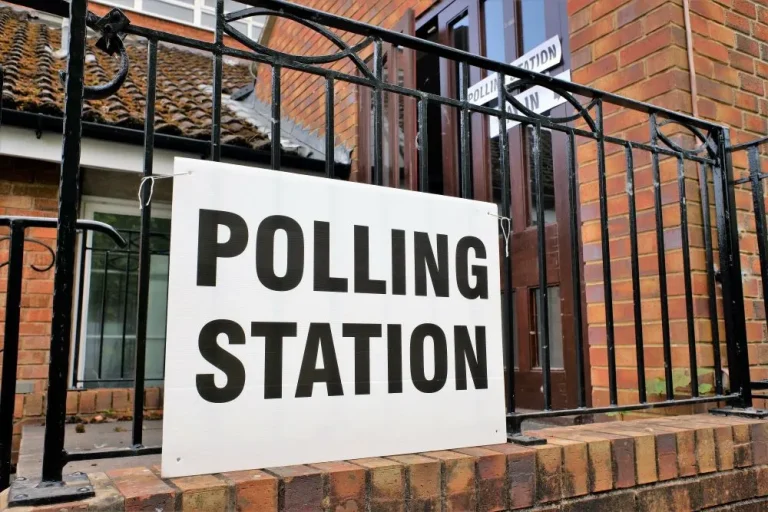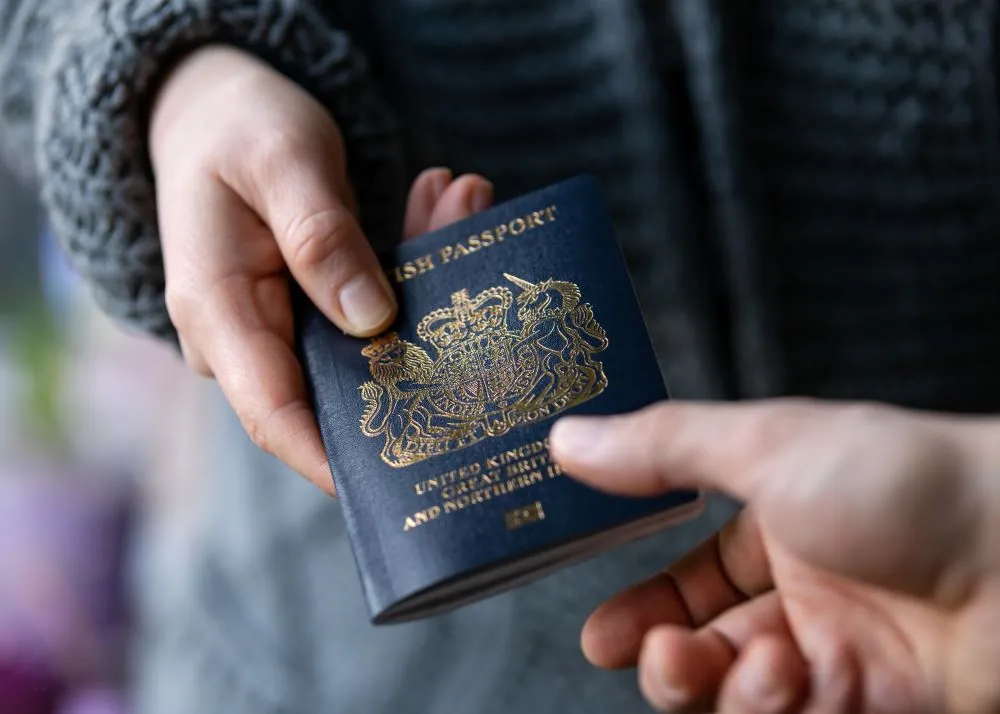With local elections on the horizon, and a general election now confirmed for 4th July 2024, UK residents are gearing up to cast their vote. But before we all head to the polls, there’s a few key steps you need to take.
Here are some handy reminders about the deadlines for registering to vote, and what you need to bring with you so you can exercise your democratic rights!
When is the next UK election?
Following the last local elections on Thursday 2nd May, we now have confirmation that the General Election will be on Thursday 4th July. This is to elect your local MP, and as a country, the next parliament.
The polls will open from 7am to 10pm on Thursday 4th July.
What do I need to vote in the UK?
Before you head to the ballot box, you must make sure you’re registered. Otherwise, you will be turned away at the polling both, as you won’t receive what you need to cast a postal vote.
The deadline to register to vote in the upcoming general election is Tuesday 18th June, or 19th June for postal votes.
Anyone who wants to apply for a proxy vote – in other words, for someone to vote on your behalf – will have until 26th June to apply.
Before you vote, check where your polling station is. It may not be the closest one to where you live and could have changed since the last time you voted. You must go to your allocated polling station, not one of your choice, even if it’s closer to your home or workplace. Your polling station will be listed on your poll car or you can check here.
In England, there is a recent change to the voting process that could catch you out. Since May 2023, voters in England must show a form of photo ID for certain elections. This includes:
- UK parliamentary elections, including general elections, by-elections and recall petitions
- Local elections and by-elections
- Police and Crime Commissioner elections
This means that for the upcoming general election, voters in England must bring photo ID with them to vote. The new requirement does not apply to Scottish Parliament, the Welsh Senedd, or council elections taking place in Scotland and Wales.
What counts as photo ID for an election?
As voters in England now need to bring a form of photographic identification, there are many different forms of ID that will be accepted. These include:
- Passport issued by the UK, any of the Channel Islands, the Isle of Man, a British Overseas Territory, an EEA state, or a Commonwealth country
- A photo driving licence issued by the UK, any of the Channel Islands, the Isle of Man, or an EEA state (including a provisional driving licence)
- A Blue Badge
- Older Person’s Bus Pass
- Disabled Person’s Bus Pass
- Freedom Pass
- Identity card bearing the Proof of Age Standards Scheme hologram (a PASS card)
- Biometric immigration document
- Ministry of Defence Form 90 (Defence Identity Card)
- National identity card issued by an EEA state
- Anonymous Elector’s Document
You can check your form of photo ID here.
Note: A bank card does not count, as you must use photo ID.
Interestingly, you can still use your photo ID even if it’s out of date, so long as it looks like you. The name of your ID should be the same name you registered to vote with.
If you don’t have an accepted form of photo ID such as ones listed above, you can apply for a free voter ID document. This is also known as a Voter Authority Certificate. You can also apply for one of these if you’re unsure whether your current photo ID looks like you, or you’re worried about using an existing form of ID for any other reason.
A Voter Authority Certificate cannot be used as an ID for any other purposes other than voting in an election.


